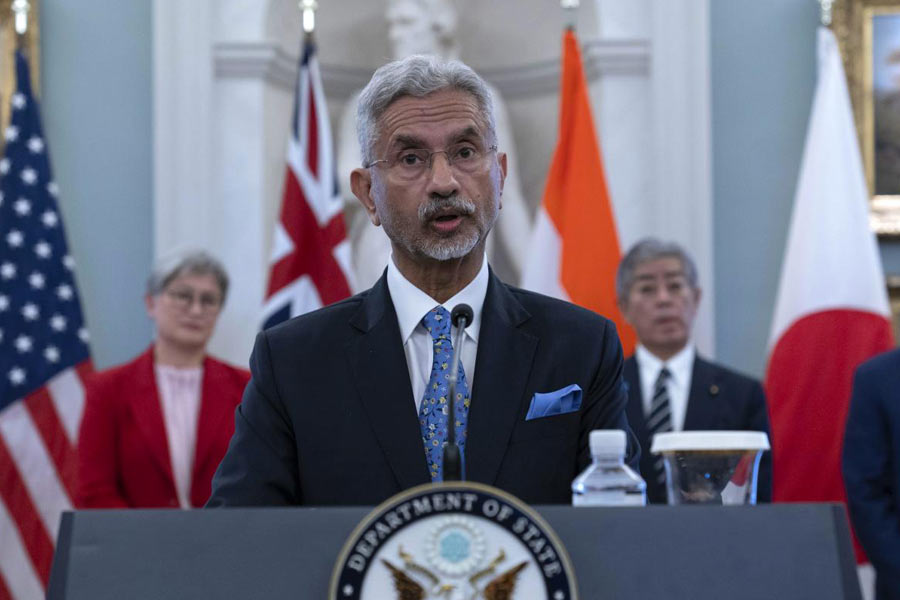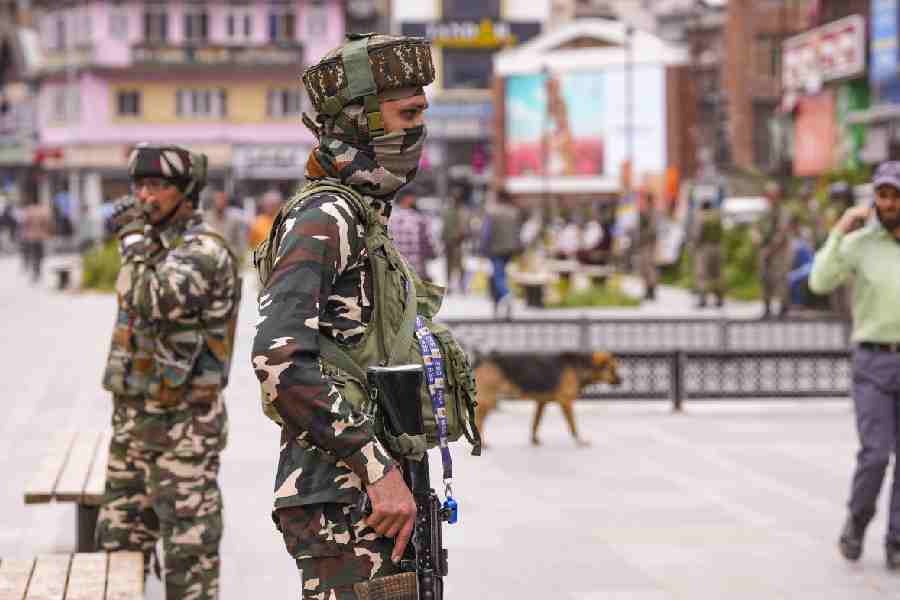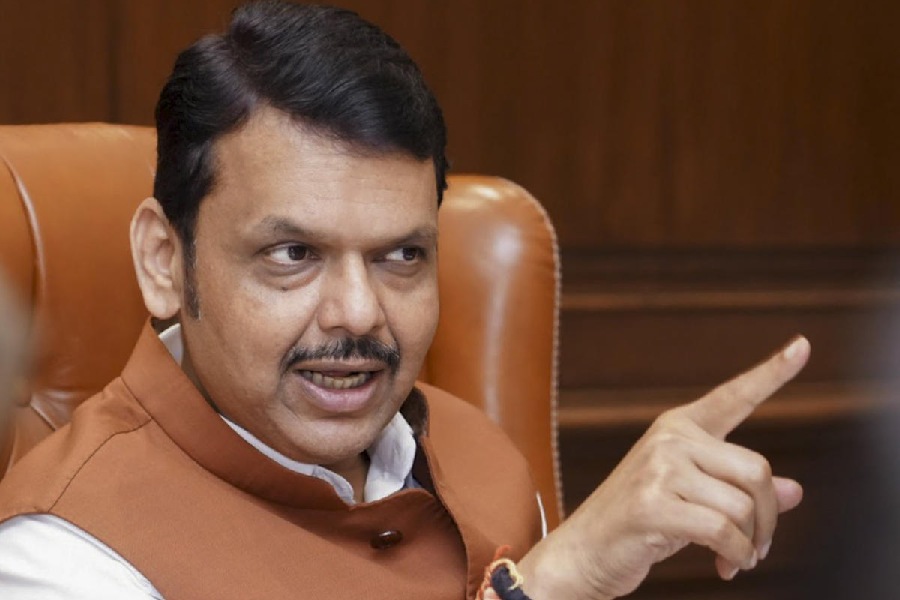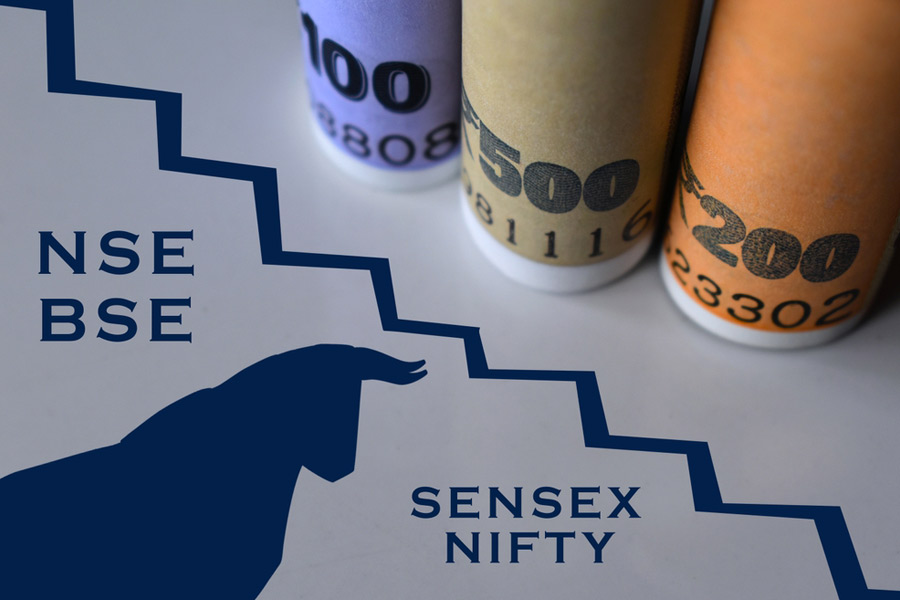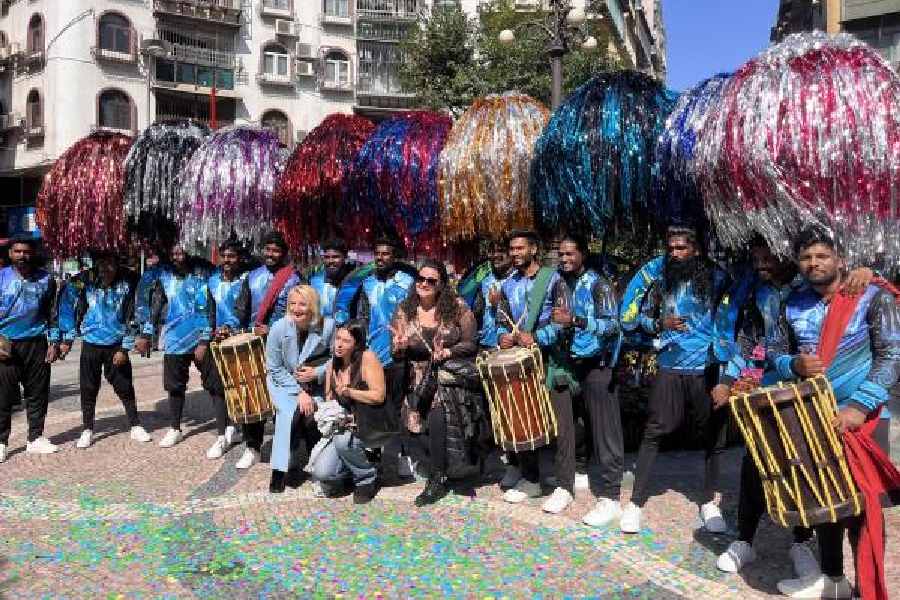|
|
Watching Roger Federer for the nth time in the finals of the US Open, it occurred to me that Rod Laver had been my first tennis hero and I had never once seen him play. No one under thirty can say that without seeming daft. But if you were born in India forty or more years ago, your early sporting idols were people you read about or, at best, heard live, via short wave radio. The BBC World Service used to broadcast commentary on Wimbledon finals and I chose the players to root for by listening carefully to Max Robertson’s commentary and browsing through photographs in the sports pages.
Though I never saw Laver play a single shot, I knew how weirdly large his left arm was compared to his right, I could casually let drop in sporting conversations that he was called the Rockhampton Rocket, I knew the years he had done the Grand Slam as an amateur and as a professional (‘62 and ‘69 and I didn’t have to google that), I could cite chapter and verse to prove that he was better than Pancho Gonzales and Lew Hoad and I hated John Newcombe because he threatened Laver’s primacy in the last years of his career.
The thing about hero-worship is that you need to twin heroes with villains. Newcombe was the designated villain. I found reasons not to like him. He had a handlebar moustache that a certain sort of man affected in the early Seventies, which helped him look unreliable. He seemed shifty in the style that John Cleese later made famous in Fawlty Towers, though naturally, I didn’t know that then.
After Laver I didn’t have a favourite till the end of high school. I detested Jimmy Connors because Max Robertson seemed to; without watching him play I decided he was brash and American and it didn’t help that still pictures of him suggested that his hair was cut in a fringe. I can still remember the snarling satisfaction I experienced when Arthur Ashe beat Connors against the odds, in four sets in 1975. Ashe was American too, but this was mitigated in my undergraduate mind by his blackness.
By the time Borg arrived to fill the vacancy created by Laver’s retirement, Doordarshan had begun showing the final stages of Wimbledon live, so we could worship without testing our imaginations. Many of us chose Borg over his peers because he wasn’t American, he was expressionless in a superhuman way (i.e. we didn’t know how he did it) and we had read somewhere that he had a normal pulse rate of 39 which pretty much confirmed that he was thrillingly alien. Also he played tennis like table tennis, chest on, topspin drives off both flanks, and table-tennis was a game that even nerds could play at a reasonable level.
Best of all, there was no shortage of villains in Borg’s time; first there was Connors of the fringe and the long socks and then, just as his star began to wane, the arch-brat, John McEnroe, emerged to eclipse him in the matter of evil. If you talk to tennis fans of that time, the time of the Borg-McEnroe rivalry, a pattern emerges: men rooted for Borg while women loved McEnroe. My theory is that McEnroe looked like an unruly boy for a long time and women felt maternal about him, while men, certainly Indian men, having been raised on priggish ideas like ‘being a sport’ and so on, disapproved of McEnroe’s tantrums, which, set against Borg’s unnatural calm, made the Swede seem godlike.
After Borg’s premature retirement, there was an interregnum, not because I was unwilling to worship, but because there wasn’t anyone substantial enough to carry the burden of my devotion. Becker’s debut was extraordinary, specially that marvellous run through Wimbledon where he won the title unseeded, diving around court with brutish vitality like some blond Neanderthal, but he didn’t rule the field as Laver and Borg had done and they had spoilt me in the matter of heroes.
So after Borg’s departure, through all of the Eighties, I was in the unsettling position of knowing who the villain was without having a hero. The villain was the dominant player of the Eighties, Ivan Lendl. The gaunt Lendl was from Czechoslovakia though he looked Transylvanian. He played tennis like a Junker might have, with drilled, military precision with all the flair of a wind-up toy, managing to look monstrously fit and mortally ill at the same time. Becker and Stefan Edberg filled in as part-time heroes and part of their achievement was that they prevented Lendl from ever winning Wimbledon and thus thwarted the world-conquering plans of the dark side. In our fevered, partisan minds, Lendl was a warm-up act for Voldemort.
But the Dark ages passed and we found a champion again, in the great Pete Sampras. Middle-class Indians are intolerant of idiosyncrasy, so Andre Agassi never stood a chance. He spat, he wore shorts that made him look fore-shortened, he wore long, violently dyed hair, trained through an opening in his baseball cap, then he went bald, punk one moment, Kojak the next. No, the clean-cut, slightly boring Sampras was easier to own and it helped that he played like god. For the first time in years there was a worthy candidate for the hero position who matched the near-impossible standards set by Laver and Borg. His only defect was that he wasn’t remote enough to be god and wasn’t personable enough to be engaging; still, he was a genius and that was enough.
Which brings us back to Federer and the US Open. Of all my heroes, Federer has been the easiest to like. Not only does he fuse power with casual, throwaway grace, he’s also effortlessly multilingual, makes great acceptance speeches in many languages and is an all-round good guy. The only thing that was missing for a while was a villain, and then the post was filled, or so I thought, by Nadal. It was to be Gatsby vs Popeye, Beauty vs the Beast, then Rafa spoilt it all. He began by beating Federer more regularly than losing to him, which tends to tarnish the most burnished hero and then he ruined the casting by turning out to be, despite his muscles, a sensitive, well-spoken, gracious winner. I still think Federer epitomizes beauty in tennis while Nadal embodies brute force, but I can’t cast him as a villain any more.
Worse still, my children, teen-agers both, adore Nadal. They think he’s cool. For them Federer’s the villain; they scream with laughter when he walks on court in Wimbledon wearing long cream trousers and a gold-edged cream blazer, complete with crest. In their minds Federer is an ageing smoothie who doesn’t know his time is up. They crowed right through the summer when Nadal first whipped Federer at the French Open and then again in Wimbledon. I began to wonder if my days as a tennis fan were done, because try as I might, I can’t bring myself to love Rafa or Novak or Andy. Then, this last Monday, Federer won the US Open in the style to which we were once accustomed, and with the relief of a man reprieved, I went back to hero-worshipping again.



